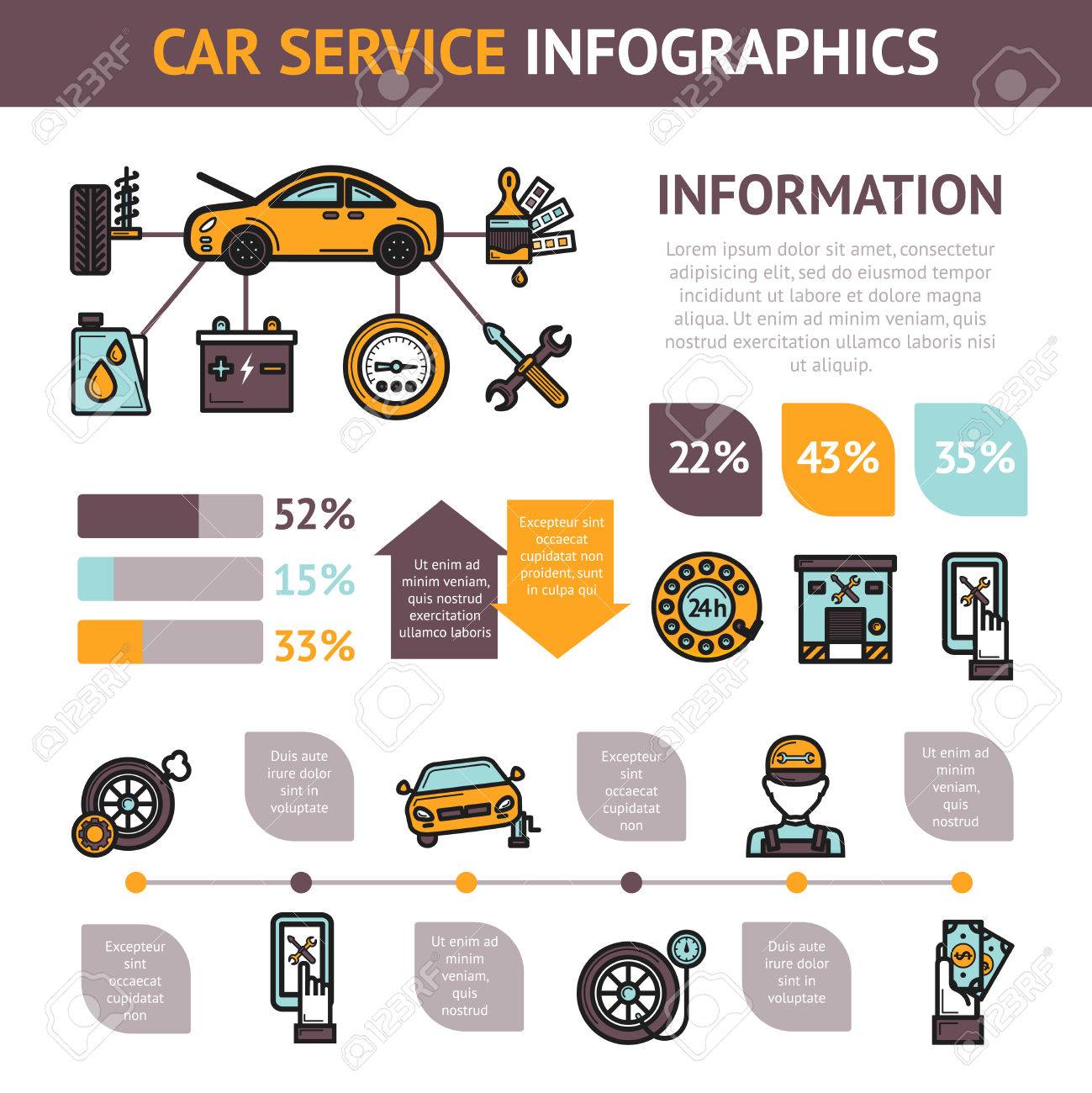Wondering Regarding The Meaning Behind Those Dashboard Caution Lights? Gain Understandings Right Into Their Ramifications For Your Lorry'S Security And Maintenance
Wondering Regarding The Meaning Behind Those Dashboard Caution Lights? Gain Understandings Right Into Their Ramifications For Your Lorry'S Security And Maintenance
Blog Article
Web Content Produce By-Samuelsen Dalgaard
When you're behind the wheel, those glowing warning lights on your dashboard can be a little bit bewildering. Do you know what they're attempting to tell you regarding your automobile's health? Understanding the value of these lights is vital for your security and the durability of your lorry. So, the following time one of those lights turns up, would not you want to decipher its message accurately and take the needed steps to resolve it?
Common Warning Lighting and Interpretations
Identify typical caution lights in your vehicle and understand their meanings to guarantee risk-free driving.
The most normal caution lights include the check engine light, which indicates problems with the engine or emissions system. If auto carwash begins, it's critical to have your lorry inspected quickly.
The oil pressure advising light shows reduced oil stress, requiring prompt focus to prevent engine damage.
A flashing battery light may recommend a damaged charging system, possibly leaving you stranded otherwise resolved.
The tire stress surveillance system (TPMS) light informs you to reduced tire stress, affecting automobile security and gas performance. Overlooking this could cause hazardous driving conditions.
The abdominal light indicates an issue with the anti-lock braking system, endangering your capacity to quit swiftly in emergencies.
Last but not least, the coolant temperature alerting light warns of engine overheating, which can result in severe damage if not dealt with swiftly.
Understanding these typical warning lights will certainly assist you resolve concerns quickly and preserve safe driving conditions.
Value of Prompt Attention
Comprehending the typical warning lights in your car is only the primary step; the significance of without delay dealing with these warnings can't be stressed enough to ensure your safety and security when driving.
When a warning light illuminates on your dashboard, it's your auto's means of communicating a potential problem that requires attention. Ignoring these cautions can lead to more severe issues in the future, endangering your safety and security and potentially costing you extra out of commission.
Trigger attention to warning lights can stop breakdowns and accidents. For example, a flashing check engine light might suggest a misfire that, if left neglected, might create damages to the catalytic converter. Addressing this quickly can save you from a costly fixing.
Similarly, a brake system cautioning light may signify reduced brake fluid or used brake pads, vital elements for your safety and security when driving.
Do It Yourself Troubleshooting Tips
If you notice a warning light on your dashboard, there are a few DIY troubleshooting ideas you can attempt before looking for specialist aid.
https://www.wsmv.com/2022/05/18/some-car-repairs-delayed-because-parts-shortage/ is to consult your vehicle's guidebook to comprehend what the particular caution light suggests. Often the issue can be as straightforward as a loosened gas cap causing the check engine light. Tightening the gas cap may settle the trouble.
One more common concern is a low battery, which can trigger numerous warning lights. Examining the battery links for corrosion and guaranteeing they're secure may fix the trouble.
If a caution light continues, you can try resetting it by disconnecting the automobile's battery for a few minutes and then reconnecting it. Furthermore, inspecting your car's fluid levels, such as oil, coolant, and brake liquid, can help repair warning lights related to these systems.
Conclusion
Finally, understanding your auto's caution lights is necessary for maintaining your car running smoothly and securely. By without delay resolving these signals and recognizing what they suggest, you can stay clear of expensive fixings and potential break downs.
Keep in mind to consult your automobile's manual for certain information on each advising light and take action accordingly to ensure a hassle-free driving experience.
Remain informed, stay safe when driving!
